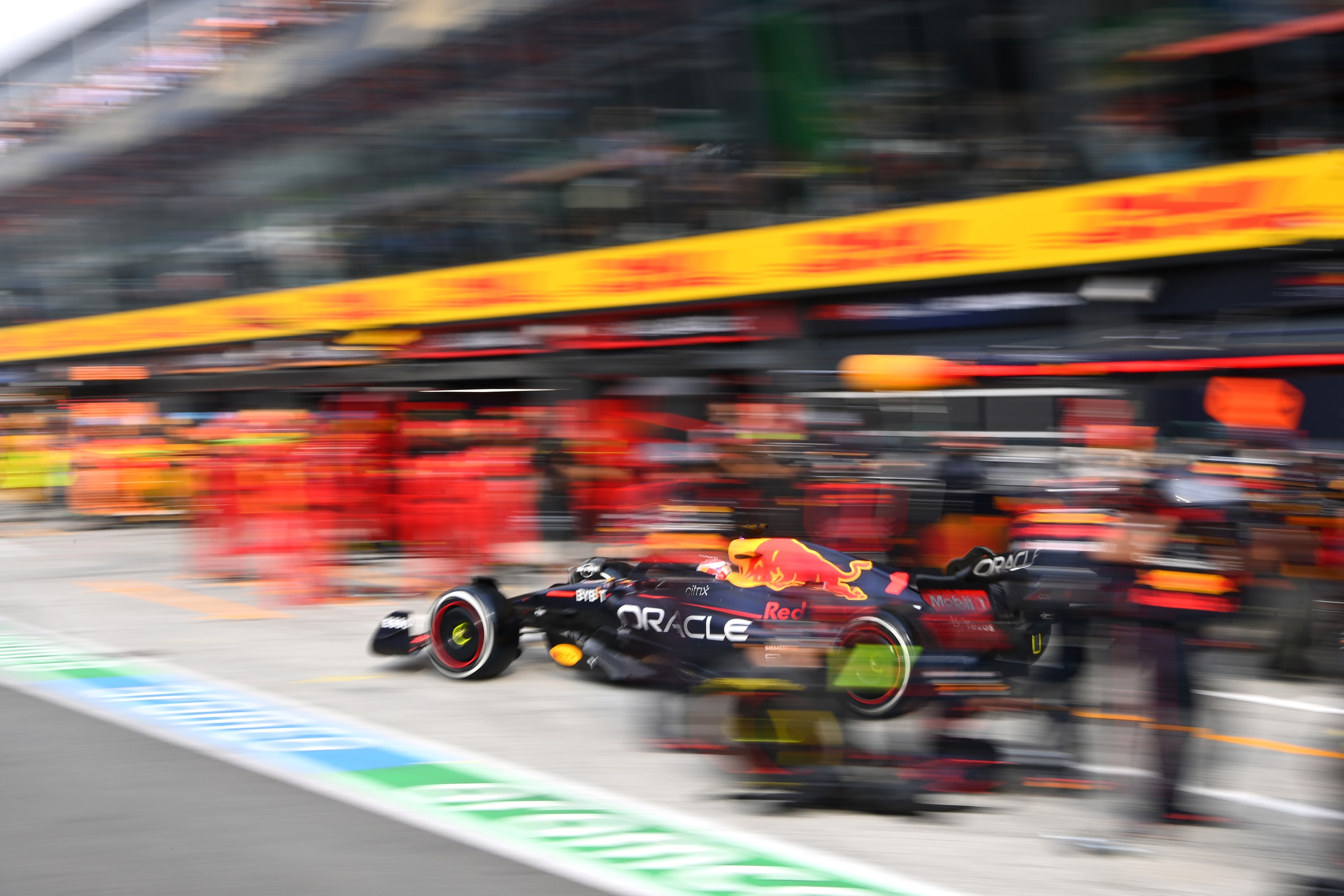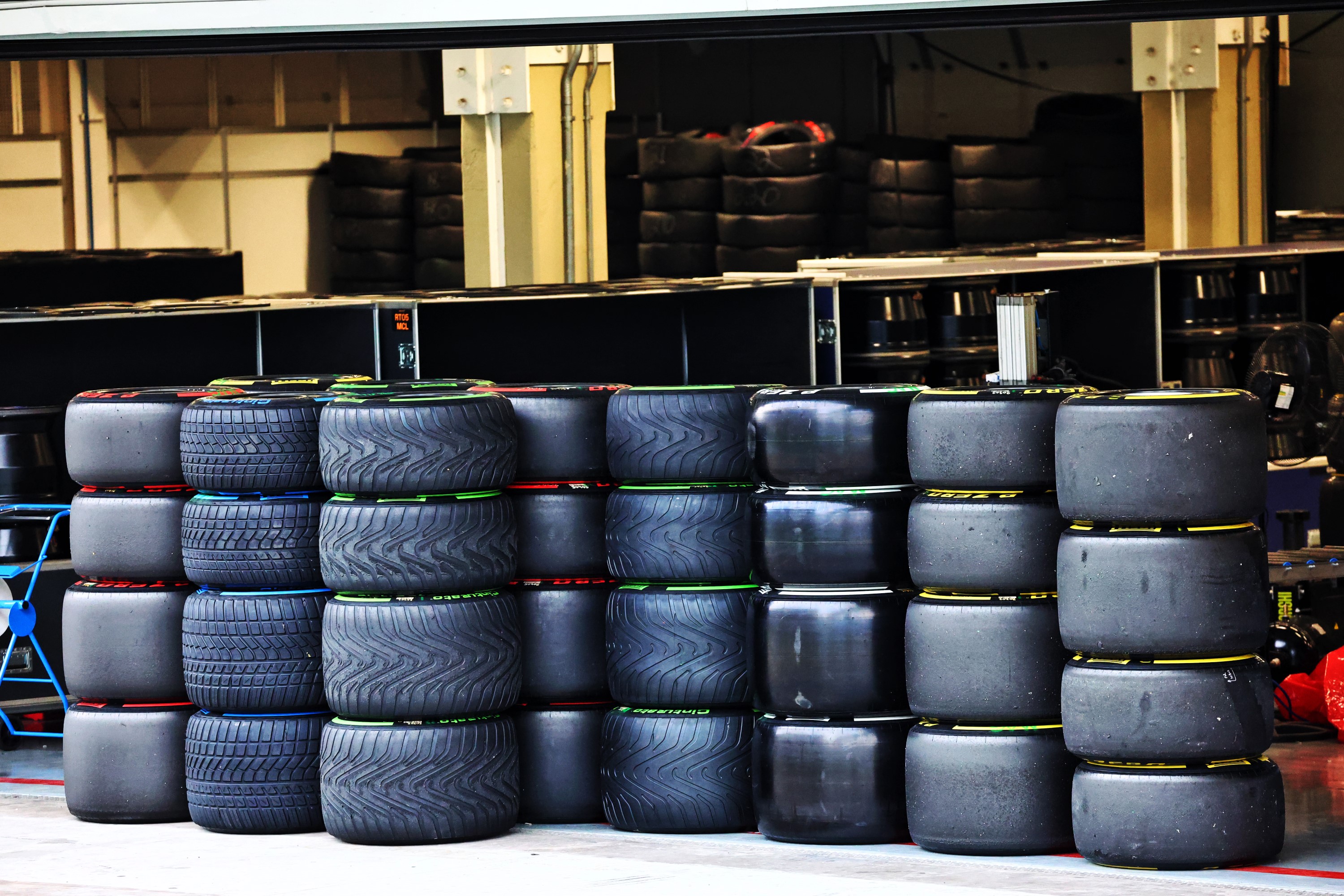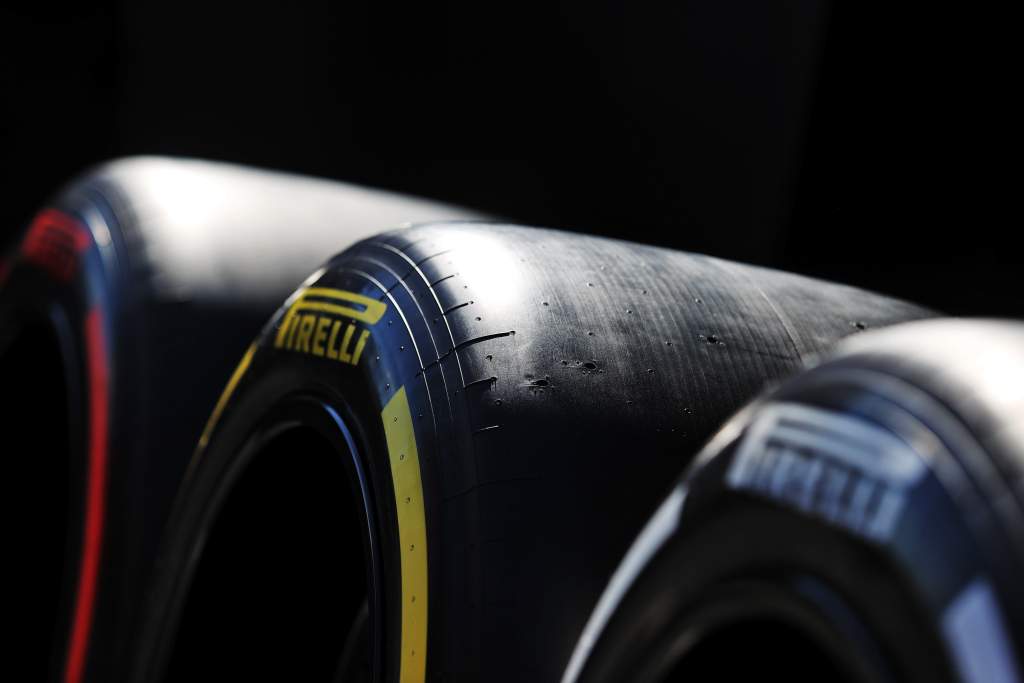Up Next

You may have been surprised to see a new C0 tyre mentioned when Pirelli revealed its tyre choices for the early races of the 2023 Formula 1 season – but it’s not indicative of a dramatic change in approach.
Pirelli has modified its tyres for 2023, with the primary objective to improve the understeery balance of last year’s rubber. But there have also been tweaks made to the compounds.
As part of these changes, the C1 tyre has been made a little softer, moving it closer to the C2 compound in the range.
But Pirelli decided to retain the old C1 compound for use at high-energy circuits, meaning it still has it in its armoury for occasional use this year.
Pirelli has taken special measures for high-energy circuits in the past, notably introducing a tyre with a tread that was around 0.4mm thinner for Barcelona, Paul Ricard and Silverstone in 2018.
The ‘C0’ move is a less extreme course of action but one that ensures there is a very durable hard tyre for the most demanding tracks on the calendar in terms of tyres. It’s a pragmatic and logical decision that reflected how effective last year’s C1 compound was found to be on certain tracks.

“We have decided to homologate for next year six compounds, not five,” said Pirelli F1 boss Mario Isola at the end of last season.
“The current C1 that was working quite well in for example Zandvoort, Silverstone. We didn’t want to eliminate this compound because it was working quite well.
“We decided to introduce a new C1 with more grip compared to the old C1, so the old C1 is now the C0. The new C1 is much closer to the C2 and that is exactly what we wanted to achieve.
“I would say the only target that we didn’t achieve was a new C3 more in the centre between C2 and C4.”

The C1 compound was only used five times last year, in Bahrain, Spain, Britain, the Netherlands and Japan. These are all high-energy circuits in terms of the tyre use.
Pirelli has already having announced the compounds that will be used for the first three races, confirming that Bahrain will use the new C1, C2 and C3 compounds this year. This means the first weekend where the C0 might be used will be the Spanish Grand Prix in June.
Pirelli has also announced that the C2-C4 compounds will be used for the second and third races of the season in Saudi Arabia and Australia.






